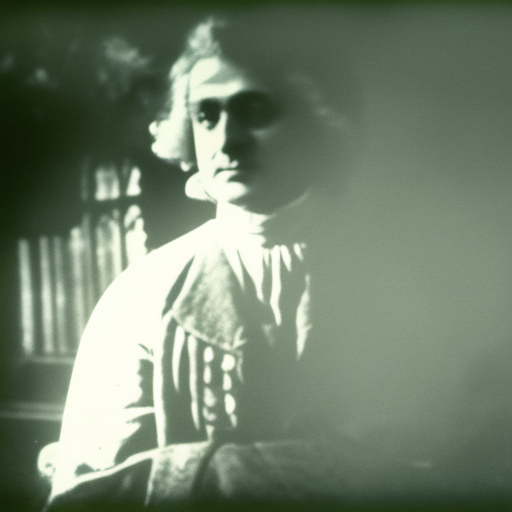Summary:
Isaac Newton was an English mathematician, physicist, and astronomer who is widely regarded as one of the most influential scientists in history. He made significant contributions to the fields of physics, mathematics, and astronomy, revolutionizing our understanding of the natural world. Newton’s most famous work, “Philosophiæ Naturalis Principia Mathematica,” laid the foundation for classical mechanics and introduced the laws of motion and universal gravitation. His discoveries and theories continue to shape our understanding of the physical universe.
Early Life and Education:
Isaac Newton was born on January 4, 1643, in Woolsthorpe, Lincolnshire, England. His father died before he was born, and his mother remarried when he was three years old, leaving him to be raised by his grandmother. Newton attended the King’s School in Grantham and later studied at Trinity College, Cambridge. During his time at Cambridge, he delved into the works of influential scientists and mathematicians, developing a keen interest in mathematics and natural philosophy.
Laws of Motion:
In 1687, Newton published his groundbreaking work, “Philosophiæ Naturalis Principia Mathematica,” which presented his three laws of motion. The first law, known as the law of inertia, states that an object at rest will remain at rest, and an object in motion will continue moving at a constant velocity unless acted upon by an external force. The second law relates the force acting on an object to its mass and acceleration, while the third law states that for every action, there is an equal and opposite reaction. These laws provided a comprehensive framework for understanding the motion of objects and laid the foundation for classical mechanics.
Universal Gravitation:
Newton’s law of universal gravitation revolutionized our understanding of gravity. He proposed that every object in the universe attracts every other object with a force that is directly proportional to the product of their masses and inversely proportional to the square of the distance between them. This law explained not only the motion of celestial bodies but also the falling of objects on Earth. Newton’s law of universal gravitation unified the terrestrial and celestial realms, providing a mathematical explanation for the motion of planets, moons, and other celestial bodies.
Optics and Mathematics:
In addition to his work in physics, Newton made significant contributions to the fields of optics and mathematics. He conducted experiments with prisms and discovered that white light is composed of a spectrum of colors. This led to his development of the theory of color and the invention of the reflecting telescope. Newton also made important contributions to calculus, developing the fundamental principles of differential and integral calculus. His work in mathematics laid the groundwork for future advancements in the field.
Legacy:
Isaac Newton’s contributions to science and mathematics have had a profound and lasting impact. His laws of motion and universal gravitation provided a solid foundation for classical physics and influenced the work of subsequent scientists, including Albert Einstein. Newton’s theories and discoveries continue to be taught and studied in classrooms around the world, and his name is synonymous with scientific genius. His work not only advanced our understanding of the natural world but also paved the way for future scientific advancements and technological innovations. Isaac Newton’s legacy as one of the greatest scientists in history remains unparalleled.












